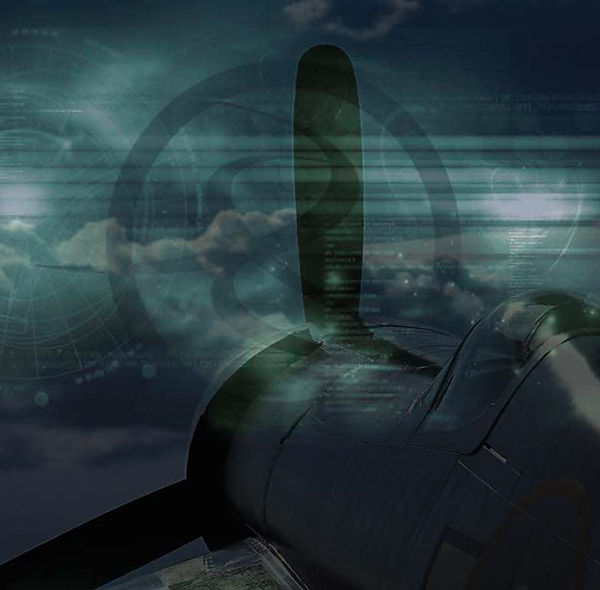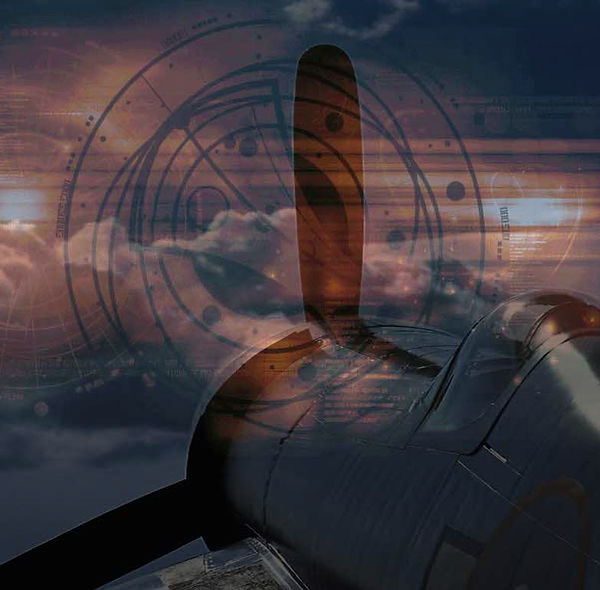
Hold your pointer on a tab in the menu on top of the page to view and handle the sub menus.



XF4U-3 Corsair (*)
On 14th June, BuAer asked Vought a proposal for making a high altitude version of the Corsair.
With the Vought project VS-331,Vought created the F4U-3 being a high speed, high altitude version of the Corsair fitted with a 2stage turbo supercharger from Rudolph Birmann of TEC from Trenton.
Plans were made in March 1942 for two proto types and a third was ordered in December 1942, to be converted from F4U-1 existing airframes and also decided mid 1943 to evaluate the Pratt & Whitnev XR-2800-16 "C"-series engine with a 2stage Birmann turbosupercharger of 1009A type. The change to this powerplant necessitated the use of a four-blade Hamilton Standard propeller with blades of 6501A-0 type.
The first prototype was called the XF4U-3A, and it was converted from a F4U-1A, BuNo. 17516. This plane used the the birdcage canopy, the turbo supercharger was instalIed in a large fairing under the fuselage, this fairing was 50 inch large that it eliminated the catapult hooks, but this was of no consequence, since the proposed F4U-3 was to be used exclusively by the Marines as a land based fighter.
It was flown for the first time on 16th or 22nd April 1944.
When developmental problems persisted with the Pratt & Whitney XR- 2800-16 C engine, the F4U-1A, BuNo. 49664, was fitted with a Pratt & Whitney R-2800-14W powerplant with water/methanol power boost instead and with the turbo charger installed, it became the XF4U-3B.
The plane was flown for the first time on 20th September 1944.
The airplane could maintain the WAP ( War Emergency Power) of 2600 hp from sea level up to 38200 ft ( 8595 m).
F4U-1, BuNo. 02157, was the third aircraft converted to the XF4U-3C proto type based upon the XF4U-3 standards, but it was subsequently destroyed in a crash and did not participate in the program.
The superturbocharged engine was quite successful, and the XF4U3 could reach speeds up to 480 miles per hour at altitudes near 40000 feet. But because it did not offer an appreciable increase in performance over the
F4U-4 and ongoing technical problems with the turbo superchargers, the F4U-3 never became a production variant.
BuAer gave order to Goodyear end of 1944 to upgrade 26 FG- 1Ds to a high- altitude FG-3 Corsair model based upon the XF4U-3B standards, but only thirteen of these were completed and redesignated FG-3s.
(*) : Index - References - Notes - Citations